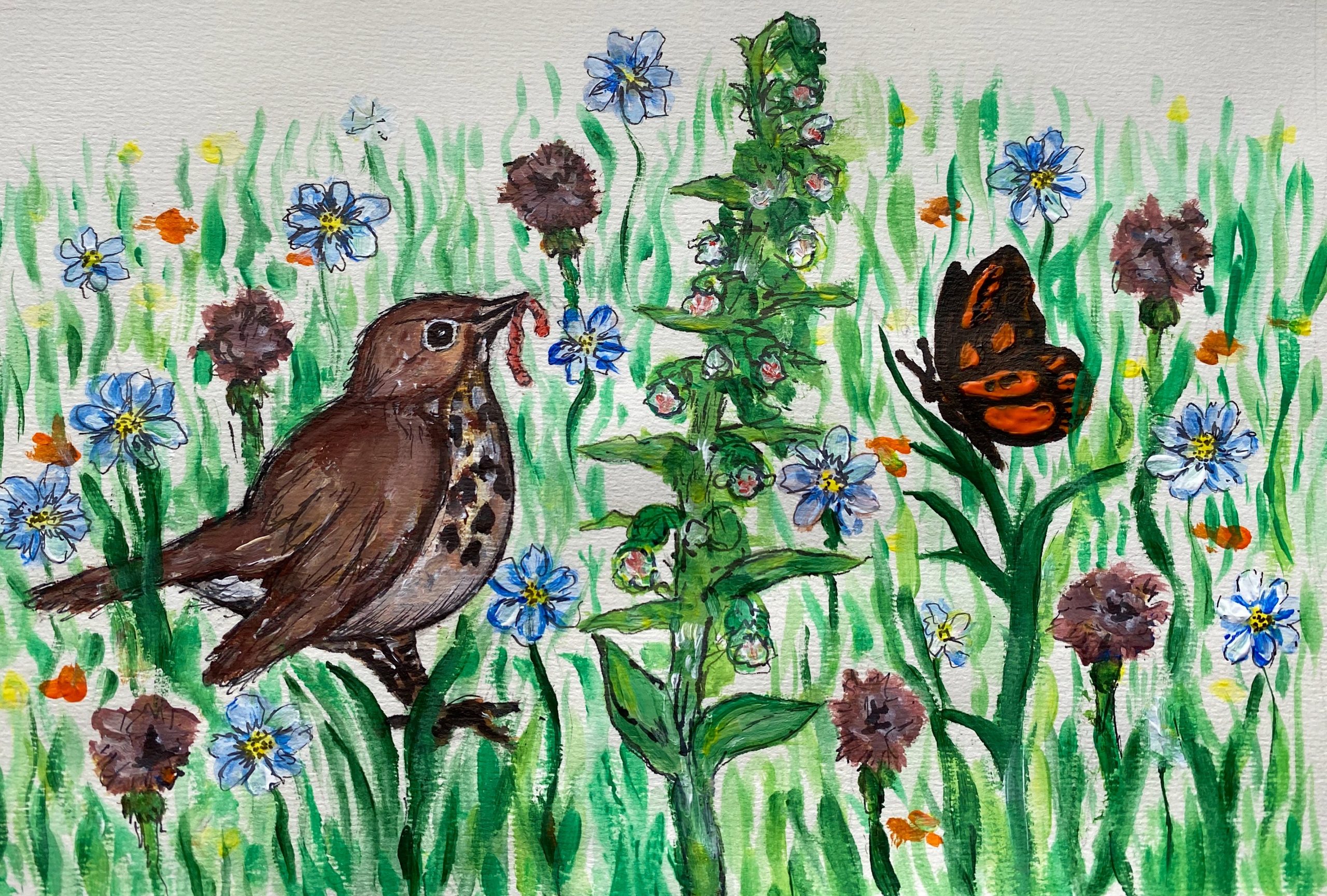
Trinity’s goals to bring biodiversity to the college remains in maturity with the discovery of an uncommon ‘orchid meadow’in Front Square. The native broad-leaved helleborine was lastly offered the chance it had actually been searching for to grow for all to see, inspiring the college’s choice to extend No Mow May into the summer season. The enjoyment surrounding the finding wasn’t simply for the flower, however for the undeniable evidence that not completely cutting our yards can produce the revitalization of the nation’s native wildlife.
There are lots of advantages to taking part in No Mow May, both individual and ecological. The more identifiable results are the instant benefits enjoyed from permitting the yard to grow for simply one month. As rates increase, not needing to sustain the lawnmower will cut expenses. Furthermore, the leisure time can be invested in other places on more crucial or satisfying activities. Progressing plants and flowers provide vibrancy and a sense of life to the garden. After the dark cold weather, uncut yards and hedges can bring in nest-building birds, animals and early pollinators, who would otherwise have a hard time to find food and other resources needed to endure.
As advantageous as No Mow May appears to be, the momentary assistance brings unexpected repercussions when the turf is cut as soon as again, and the wildlife is then faced with reduced food resources and environment loss. This asks the concern, how efficient is No Mow May? Should we be taking a look at more long-lasting services to assist biodiversity?
There is an emerging argument for keeping locations of natural gardens past the month of May. This extension motivates biodiversity throughout the year, offering a longer long lasting effect to the environment. We can assist biodiversity more by accepting the rewilding of gardens and city land from spring up until fall, with one such example growing right on Trinity’s doorstep. This enables these areas to function as crucial biodiversity tanks and ward off environment loss for threatened native types.
“The development of wildflowers supplies both a food source and searching ground, keeping the balance of nature versus the city background”
Taking the leap from a completely cut garden to a more untamed appearance can be difficult, specifically when dealing with social pressures to maintain looks. The journey to ending up being biodiverse and environmentally friendly can be customized to fit everybody’s specific taste. You can personalize your garden to fit your requirements, leaving specific locations of the garden booked for wildlife without compromising cut locations for individual usage. Offering this network of semi-natural locations is essential for the survival of our native plants and animals. They assist to increase the populations of pollinators, like bees and butterflies, by offering necessary environments. This permits them to securely reproduce, increasing their numbers and keeping our native wildlife far from the risks of population decrease and termination. The development of wildflowers offers both a food source and searching ground, keeping the balance of nature versus the city background. Planting native trees and plants secures the earth, supplies vital environment services, and motivates more native wildlife development, while guaranteeing the connection of essential native types every year.
“Depression and stress and anxiety levels can likewise be minimized from direct exposure to plants and wildlife that assist promote peace and a sense of connection to nature”
Not just do natural gardens and meadows develop substantial advantages for the biodiversity of a location, however they likewise provide psychological health advantages. Tension can be lowered throughby less pressure and upkeep included with semi-natural gardens. Anxiety and stress and anxiety levels can likewise be decreased from direct exposure to plants and wildlife that assist promote peace and a sense of connection to nature. Cultivating semi-natural gardens promotes a sense of achievement with less obligation. You can enhance biodiversity while all at once enhancing your individual wellness while doing so. For trainees, this might offer an increase throughout high-pressure examination seasons.
For those people without yards to look after, there are numerous methods and techniques for trainees to promote biodiversity with low effort. And it does not need to spend a lot either– basic things make a huge distinction. Adjusting little routines such as purchasing used, utilizing recyclable cups in coffeehouse, and recycling/upcycling individual products all promote an eco-conscious way of life that assists the environment. Not just do they benefit the community, however they benefit your pocket, leaving you with that much-needed additional little money. Nevertheless, the most essential thing trainees can do is remain notified and engaged with biodiversity efforts. Informing and motivating others to get included assists promote awareness. Taking part in regional occasions and signing up with societies (EnviroSoc & & KnitSoc) assists trainees end up being more associated with the environment. Trainees can get resources such as the Trinity lunch break lecture webinars — provided by a panel of teachers on environment action and sustainability– included in Trinity Today Summer Edition 2023, released and sent to all trainees by means of e-mail in late July. By keeping notified and conscious of their routines, trainees can delight in the natural gardens and advantages of biodiversity in great conscience, understanding they too are doing their part to safeguard our natural plants and animals. Link here: http://www.tcd.ie/engineering/webinars!.?.!
